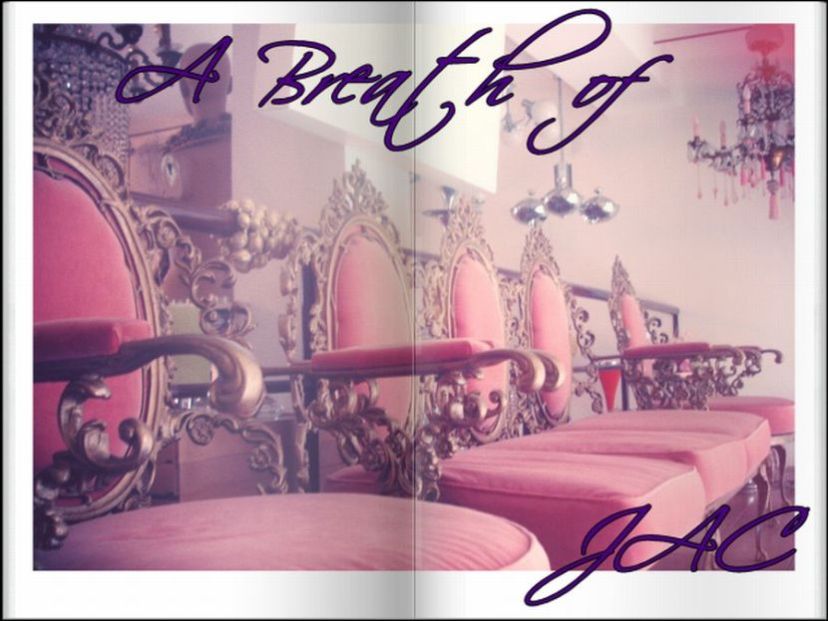So I was browsing Shopbop.com and came across an interview with designers, David Neville and Marcus Wainwright for Rag & Bone. Their is some pretty cool information in here so I copied and pasted it here for you guys to read.
MARCUS WAINWRIGHT
Shopbop: What’s the story behind the name Rag & Bone? How does the name inform your aesthetic now?
Marcus Wainwright: The name comes from a very old English tradesman called a rag and bone man who used to come round on a horse and cart shouting “rag and bone.” He collected old bone for candles originally, then anything he could recycle, iron railings, that kind of thing. We have a lot of pictures of them and they’re always wearing a very disheveled handmade suit and a coat. It defines our aesthetic in terms of the mix of tailoring and workwear that we put into the clothes.
SB: You have connections to London and New York. How do these cities inform the Rag & Bone aesthetic? What elements of British style and American style do you return to?
MW: Rag & Bone is a function of our English upbringing, wearing uniforms at school and my dad’s handed-down tailor-made suits. This is coupled with where we started making clothes, which was in very old American workwear factories. New York really defines the style of the guy and girl we are dressing, but the source of the aesthetic of the brand is definitely English tailoring meets American military and workwear in New York 2010.
SB: Your women’s line is a successful marriage of polarities: tailored, utilitarian pieces and body-con provocative looks. (Sort of Lower East Side meets English countryside.) How did these two sides come to be in your collection and what do they represent about the Rag & Bone girl?
MW: The Rag & Bone girl is definitely a New York girl, and a downtown New York girl. That’s who the clothes are designed with in mind. Having said that, I think the appeal of Rag & Bone in many ways goes far beyond that, given that the clothes can have a very English tailored sensibility and a very old-school American feeling at the same time.
SB: Is your process any different when you’re designing the women’s collection? Do you run things past the women in your life? Are they a source of direction and/or inspiration?
MW: Our aesthetic and core values are the same for men’s and women’s. Our wives are the reason we started the women’s line in the first place and are a constant source of inspiration!
DAVID NEVILLE
Shopbop: You design the kind of well-made, enduringly cool pieces people will have in their closets ten (even twenty) years from now. What inspires you to go against the mass-produced, disposable-fashion grain?
David Neville: I think maybe it comes from the fact that we are English and we were brought up to appreciate these kinds of values. It is also a reflection of the fact that we started with no formal fashion training and learned about the business by watching people make clothes. That meant that the quality came before the fashion, and that is an important philosophy at Rag & Bone.
SB: What were some of your first sources of inspiration for the spring 2010 collection?
DN: For spring 2010, we were really focused on trying to go back to our core inspirations as a brand, using those to try and continue to define what we look like. This idea of our English upbringing at a military school combined with a cool downtown New York vibe. These inspirations are a very personal reflection of our past and are what gives us our point of view.
SB: Taken out of context, individual pieces in the collection (blazers, button-downs, utility jackets) can read as classic. How do you go about reinterpreting classics with your own vision in mind? What role does styling play in realizing your vision? Do you work with a stylist?
DN: We really enjoy the details—whether it be buttons, linings, trims—and we feel they give classic pieces some personality. We want our clothes to be accessible and wearable so the classics play a big part in the line. The styling plays an important role because it is about a way of dressing, how to layer and how you put the pieces together for the look. We have been lucky enough to work with some great stylists, and it helps to get another point of view from the outside. Mixing the influences to create a visual image of what our brand stands for is an exciting and challenging process.
SB: I read that you once asked Jessica Stam to bring you some favorite pieces from her closet to use as inspiration. Do you have muses? What role do they play in the design process?
DN: We have been lucky with the caliber of models that have done our shows right from the beginning in September 2005. We are very inspired by these girls, and by the girls that work with us in our office. If they don’t want to wear it, it does not make it. Jessica was an example of this. She had done our shows right from the beginning, so we got to know each other well and we just said, “Hey, do you fancy doing a couple of pieces?”

